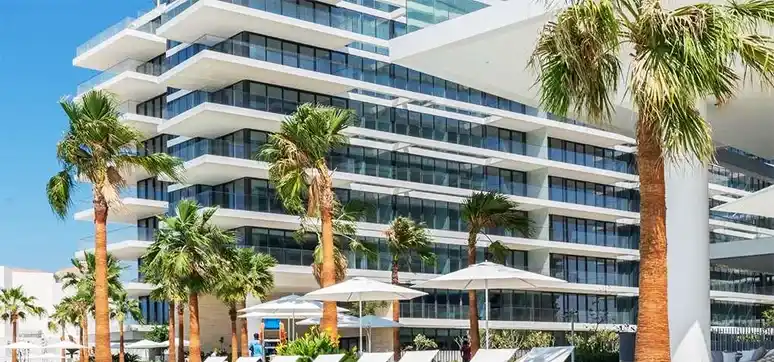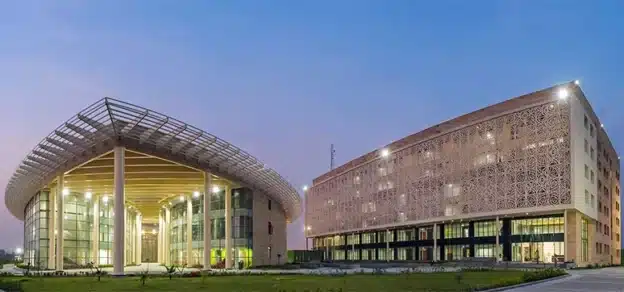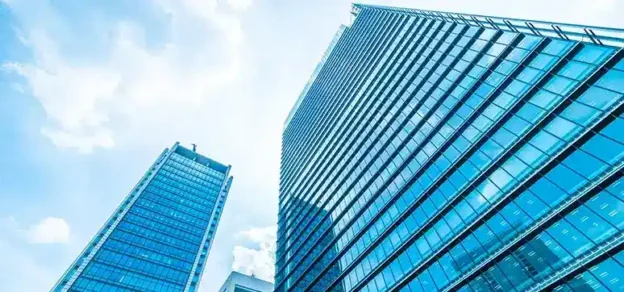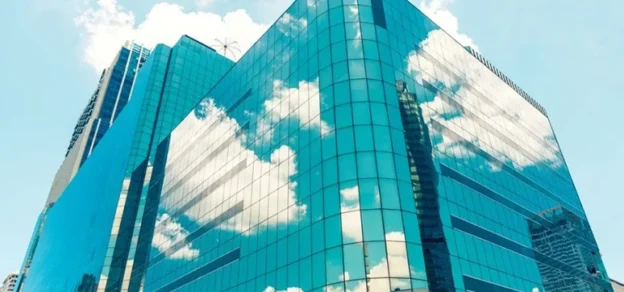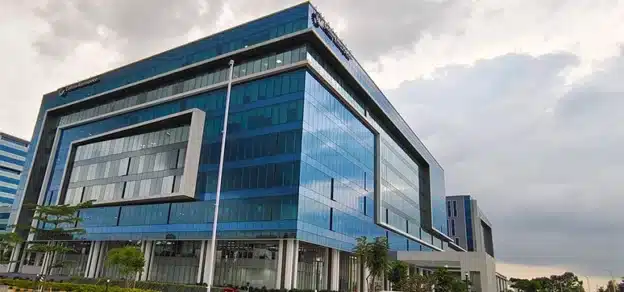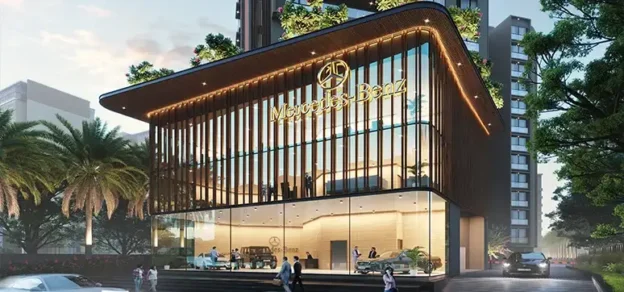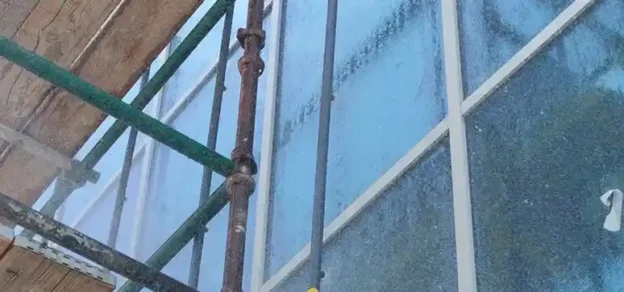The development of the requirements for the architectural glass façade keeps evolving from one year to another in one direction, higher light transmittance, lower solar factor, and neutral colour appearance. What was considered engineering fiction many years back and became a common product now. The development of the coating types and combination keeps progressing to meet the architects’ requirements and improve the well-being of the properties occupiers of those properties.

The good thing about having a full glass façade is the hip appearance of the property, comparing any newly constructed building with a 20 years old fully glazed structure will spot little impact on the aging of those buildings, probably not for the colour, but for the stunning looking of the glass, it will always remain remarkable, just clean the façade and it will be as good as new. However, what makes us identify old structures from new ones became the colour of the glass.
Many years back the main selection was between green or blue colour, earlier before the coating evolution, it was the clear appearance. After this trend was over, the bronze, grey, and silver colours hold the trend of the architects for many years. Currently, we are seeing more and more glass selections with a neutral glass coating.
Well, this will always remain possible up to a certain level, at the end of the day, the glass is an obstacle, a transparent one yet still an object that has a certain shade, reflection, transparency, and existence. Those elements will keep giving the glass certain colours, yet many companies are working further to reduce those shades and keep the glass light-coloured.
The neutral glass with high light transmission improves the well being of the residences by allowing the natural daylight to penetrate in the same visual appearance as outside. This enhances the livability of the building and boosts the Dopamine hormone known as the happiness hormone usually. Living behind dark-coated glass or curtains requires intensive use of artificial light, regardless of the cost of the lighting and the rationale behind having glass with low light transmittance. The dark glass coating that was frequently installed for many years came as a result of the industry limitation of staking multiple coating on the glass.

This was a result of the limited number of coating cathodes on the first few sputtered coatings line. In addition, pyrolytic coating had an even smaller number of coatings in the early day of the development of this industry. However, nowadays, with the current advance of the coating and the ability to achieve high light transmission and still maintain a great thermal performance, we do not perceive the rationale behind keeping the old reflective coating with low light transmittance while the same can be achieved with higher natural daylight penetration. In addition to this, the reflective coating is known to have a high indoor reflection as well, this is used to block the visibility of the glass during the nighttime.
This was always a big disadvantage of this glass. The residence was not able to keep the light on during the night time and still see through the glass. It was the selection between having regular lighting inside or reducing the light and enjoying the view. Currently, the new coatings are focusing on having an indoor reflection below 15% which allow for a decent amount of visibility during regular night lighting.
The antireflection coating as well contributes highly to this improvement yet the cost of those coatings did not reach the commercial feasibility that can be escalated to high quantities. Old reflective coating as well had a major impact on heating up the surrounding area by reflecting the sunlight back to the neighborhoods and having a visual distortion that no matter how good the glass was tempered before, it will always reflect some bizarre reflection on the buildings.
The neutral glass façade has its own drawback as well. First, privacy, the buildings in large cities are getting closer and closer, and having neutral glass will impact the privacy of the residence. This issue may lead some of the residents to use intensively the curtains which will give a reverse impact on the natural daylight by increasing the dependency on artificial lights. Second, the high light transmission of the neutral glass may lead to an increase in the glaring impact inside the apartment especially in places with high sun lux. Third, many people believe that our cities are turning more and more into neutral motionless cities that have no multiple tastes or selection of colours.

Well, many may debate on this that the current cities are usually a combination of different cultures and preferences, and having neutral colours will meet the vast requirements of most of the citizens, however, this is reducing the architectural fingerprint of each city. Fourth, the high light transmission glass with a little colour on the glass will call for further introduction of shading elements on the external façades which will lead to higher consumption of construction materials and increase the engineering and installation cost of those elements.
We always consider architectural glass as the outfits that you put in your buildings and it is very hard to fully replace it. Over the years, I witness many wrong selections for architectural glass, some of those selections were because the same glass was selected in previous projects, or they were referring to some landmark constructed 15 or 20 years back. For architectural glass, we have always to keep in mind that it is a tailoring business when it comes to selecting the right light transmission, reflection, thickness, and thermal performance.
The neutral colour glass is currently fashionable and has the potential to remain in the trend in the future. However, selecting the right glass for the building requires a piece of trustful advice from the people of the industry. Myself, I was involved in the selection of over 1000 projects so far and I keep observing how the glass selection impacted the outcome of the project.
No doubt that the advancement of architectural glass is developing at a slower pace compared to the early stage of the sputter coating technology, yet the coating designers and engineers keep challenging the limits of this industry through intensive investment in the R&D. For me, I believe that the architectural glass is going to have another revolution in the technology which will change the role of the glazing elements in the buildings from being passive element to an active one.
This may include the smart glass technology which helps in giving multiple damming on the same glass to meet various requirements for different residences. In addition to this, it may include the introduction of further solar collecting systems as well to change the vision glass into a solar system. The more we expect from architectural glass the more this industry will develop. It will be a big mistake for any of the factories to say that this industry reached its limits and architectural glass cannot do more.
I believe that the engineers in the sixties or seventies did not expect to have this huge amount of glass being installed in all those hot weather and still have such high thermal isolation performance. The same will be in the future for the current industry stakeholders. This industry is still to see many developments in the years to come.
